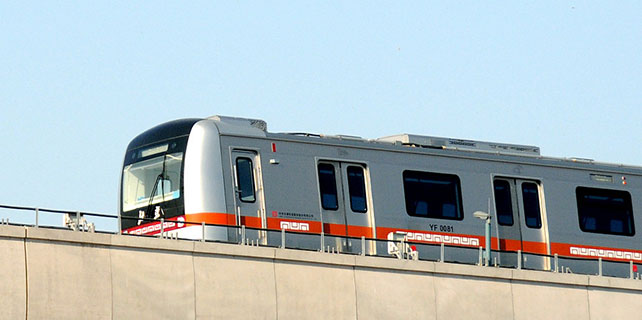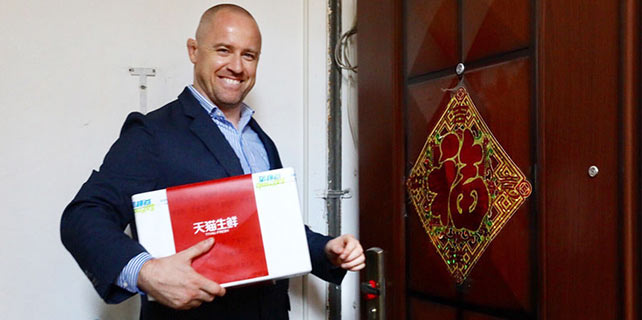Technology helps clean up East China's province
HANGZHOU -- Starting 2016, Chen Xuefen, a "garbage sorting instructor" in East China's Zhejiang province, has been giving her trash talks with the help of her smartphone.
She scans the QR code on any garbage bag in trash can, and immediately knows who threw it away.
"We get free garbage bags from our community committee. Every household is given bags with different QR codes," said Chen.
If residents do not sort the waste correctly, instructors come to their homes and show them how to do it properly.
"In the past, we had no idea who had thrown what away," said Chen.
Chen is one of the hundreds of "garbage sorting instructors" in Huachuan community where she and another 10,000-plus residents live.
As volunteers, the instructors are meant to help residents manage household waste, especially kitchen waste, which accounts for 50 percent of all household waste.
"In Huachuan, currently more than 90 percent of residents know how to sort household waste," said Chen, noting it was very different from the situation in 2012.
Built in the 1980s, Huachuan generates about 1,500 liters of garbage a day, which was previously dumped, taken away, burned and buried.
Though Zhejiang introduced garbage sorting in 2010, progress was less than satisfactory.
Since 2012, Huachuan's public dustbins have been allocated to "kitchen waste," "recyclables," "hazardous waste" and "other."
Every year, the community spends about 300,000 yuan ($45,000) on bins and bags to encourage residents to separate their own waste. In 2016, the sacks with QR codes appeared.
Yu Fuling, the Party secretary in Huachuan, said sorting household waste is of great importance.
"If trash is not sorted, waste cannot be fully reused or recycled, and the disposal process is harder," Yu said.
According to Yu, Huachuan community workers write brochures and give lectures on how to sort out garbage, and organize volunteers to provide door-to-door guidance.
Currently, the rate of household garbage sorting in Huachuan is about 70 percent, said Yu.
In Zhejiang Province, 11 cities have run household waste sorting campaigns and the harmless disposal rate of urban household garbage has reached 99.3 percent. The province has 110 disposal facilities for household garbage and more than 1,800 garbage transfer stations. Another 16 disposal facilities are under construction and will be operational by the end of this year, increasing the province's garbage disposal capacity to 70,000 tonnes each day.
"Garbage sorting is improving our living environment. It is not only beneficial for us now, but for our future," said Chen.




















